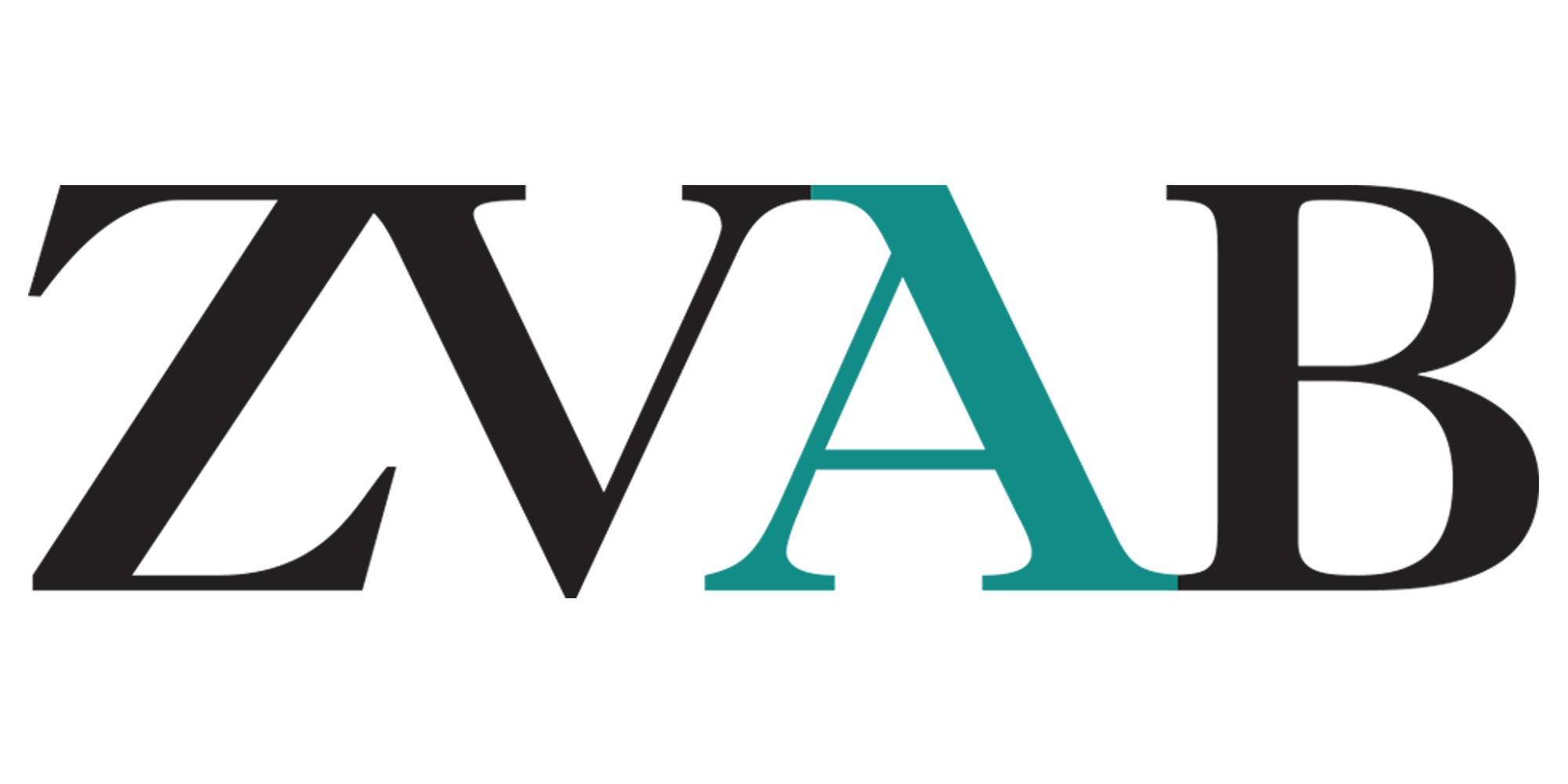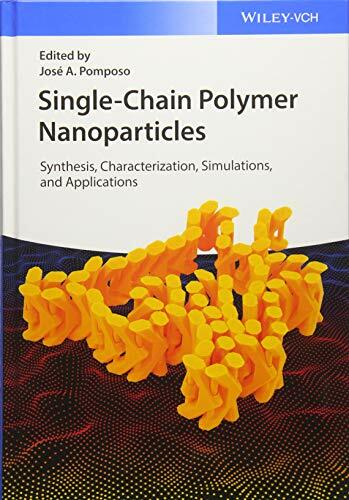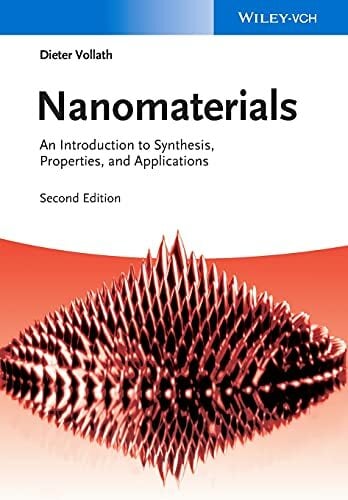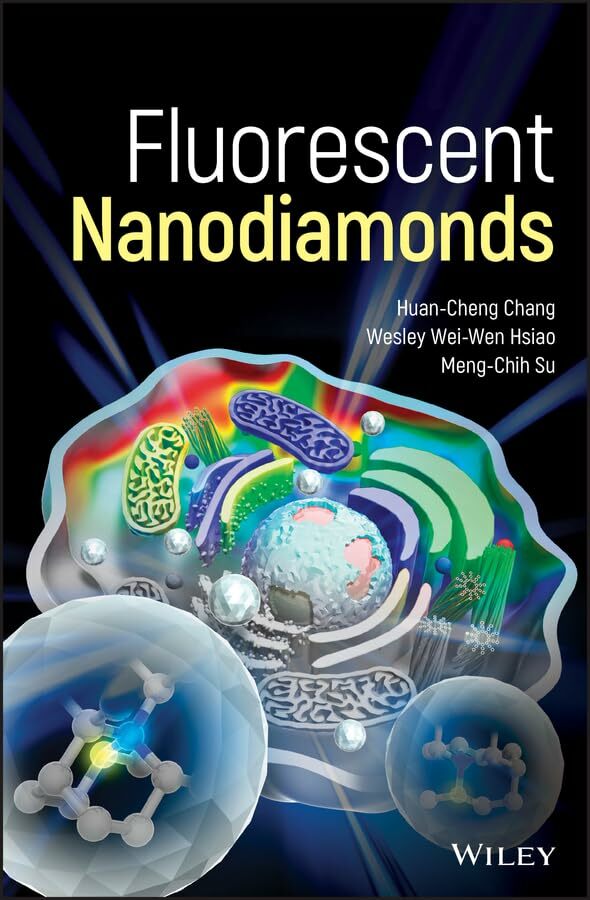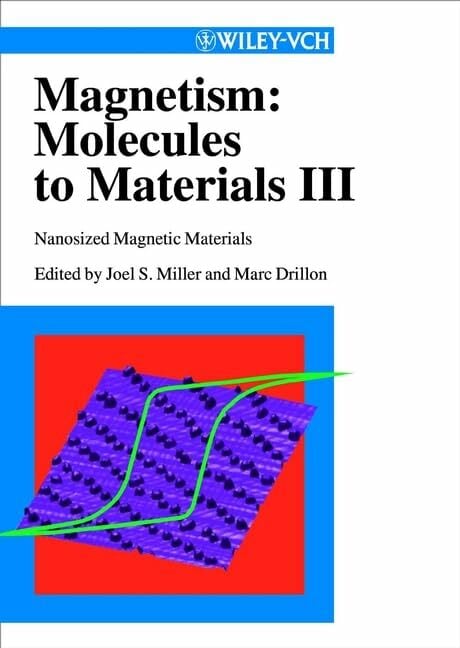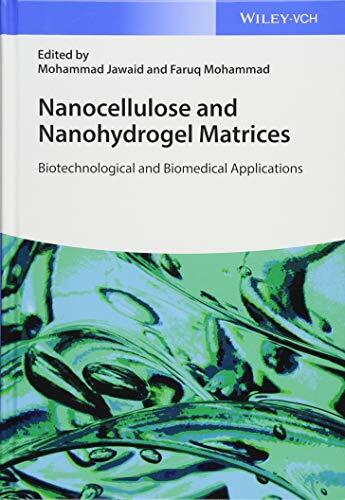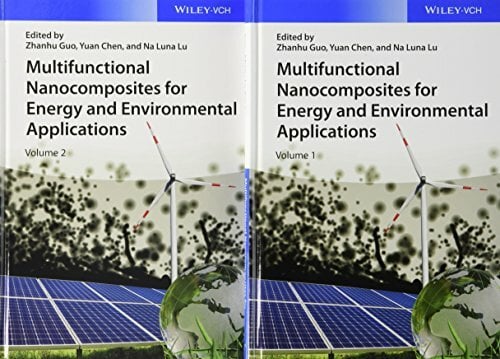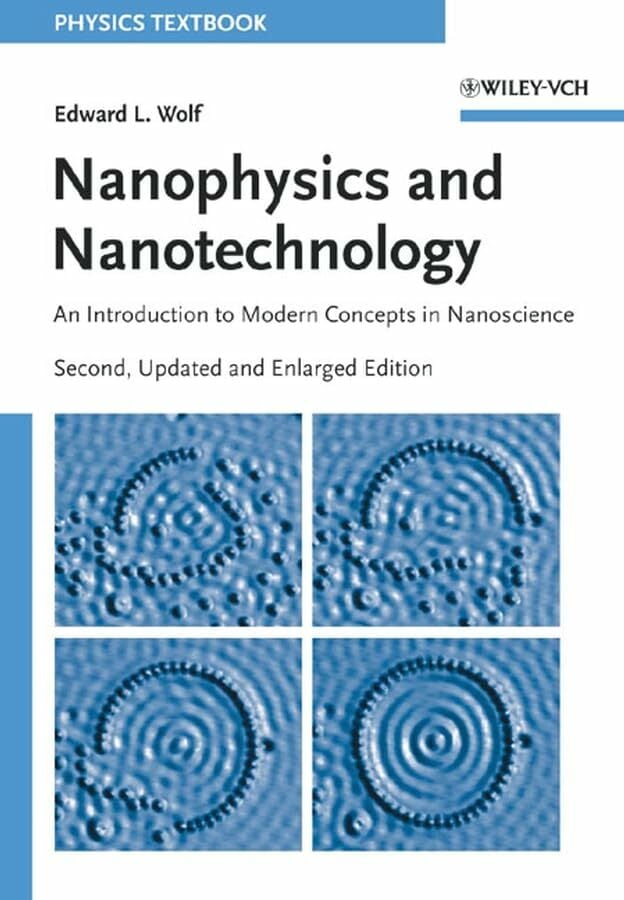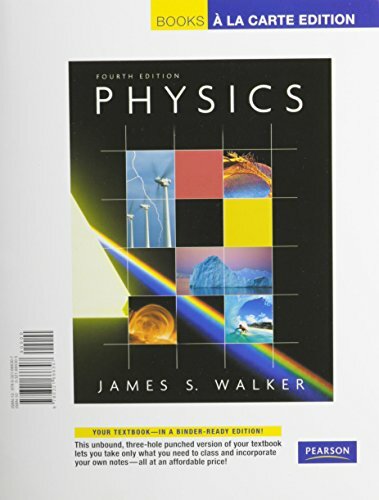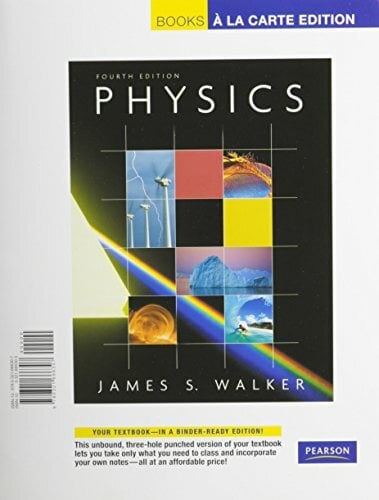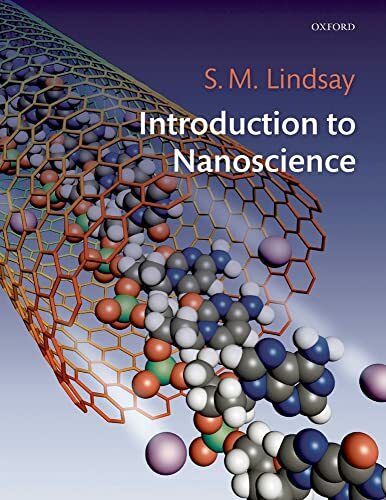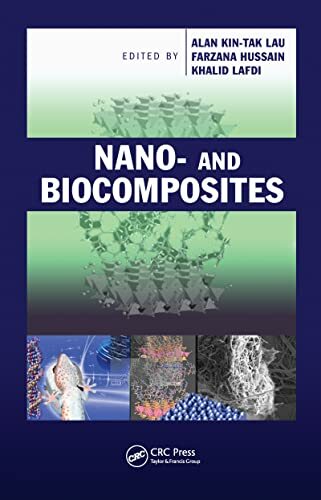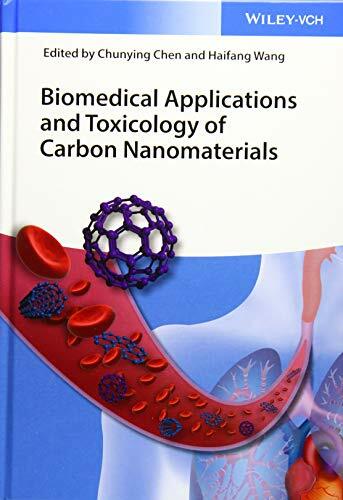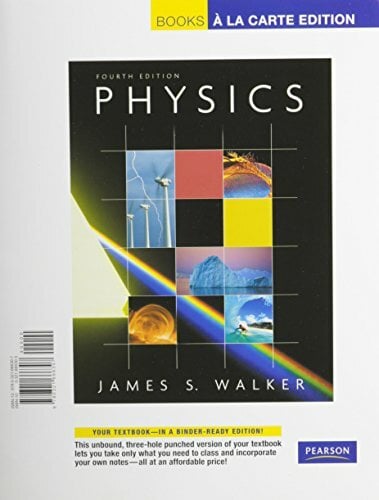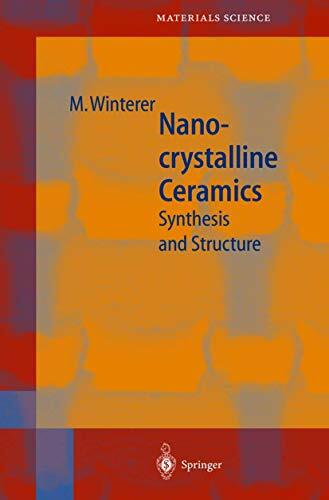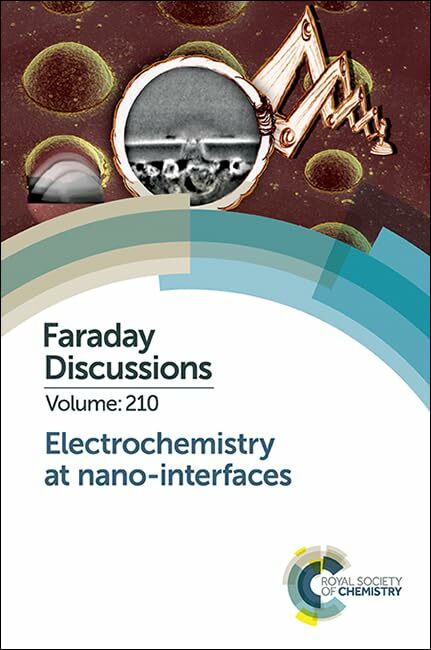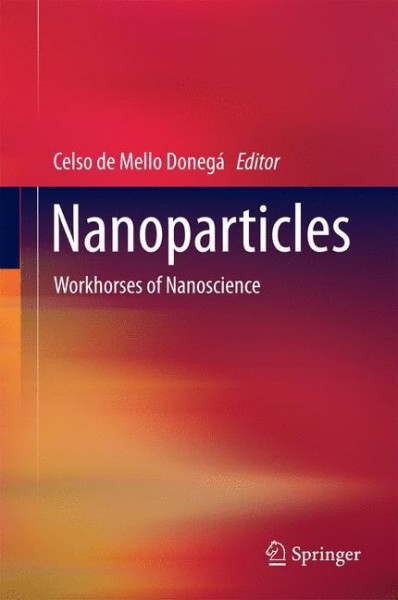
Nanoparticles
Kurzinformation
inkl. MwSt. Versandinformationen
Artikel zZt. nicht lieferbar
Artikel zZt. nicht lieferbar

Beschreibung
This book can be roughly divided into three parts: fundamental physico-chemical and physical principles of Nanoscience, chemistry and synthesis of nanoparticles, and techniques to study nanoparticles. The first chapter is concerned with the origin of the size dependence of the properties of nanomaterials, explaining it in terms of two fundamental nanoscale effects. This chapter also serves as a general introduction to the book, briefly addressing the definition and classification of nanomaterials and the techniques used to fabricate and study them. Chapter 2 lays out the theoretical framework within which to understand size effects on the properties of semiconductor nanocrystals, with particular emphasis on the quantum confinement effect. The optical properties of metal nanoparticles and metal nanostructures (periodic lattices) are discussed in Chapter 3. Chapter 4 is devoted to nanoporous materials, treating in detail their synthesis, structure and functional properties, as well as the physical properties of liquids confined in nanopores. The preparation methods, characterization techniques, and applications of supported nanoparticles are covered in Chapter 5. The sixth Chapter presents the essential physical-chemical concepts needed to understand the preparation of colloidal inorganic nanoparticles, and the remarkable degree of control that has been achieved over their composition, size, shape and surface. The last four Chapters are dedicated to a few selected characterization techniques that are very valuable tools to study nanoparticles. Chapter 7 concentrates on electron microscopy techniques, while Chapter 8 focuses on scanning probe microscopy and spectroscopy. Electron paramagnetic resonance (EPR) based spectroscopic techniques and their application to nanoparticles are explored in Chapter 9. Finally, Chapter 10 shows how solution Nuclear Magnetic Resonance (NMR) spectroscopic techniques can be used to unravel the surface chemistry of colloidal nanoparticles. von de Mello Donegá, Celso
Produktdetails

So garantieren wir Dir zu jeder Zeit Premiumqualität.
Über den Autor
After degrees in Chemistry (BSc, 1986; MSc, 1990) from the State University of São Paulo (Brazil), Celso de Mello Donega moved to the Netherlands, where he worked under the supervision of Prof. George Blasse from 1991 to 1994, being awarded a PhD degree in Chemistry from Utrecht University in 1994. Upon his return to Brazil in 1995, he was appointed Associate Professor at the Federal State University of Pernambuco. He moved back to the Netherlands in 2000 to join the Condensed Matter and Interfaces Group of the Debye Institute for Nanomaterials Science at Utrecht University, where he currently holds a tenured Associate Professor position. His expertise is in the field of synthesis and optical spectroscopy of luminescent materials. His research is focused on the chemistry and optoelectronic properties of nanomaterials, with particular emphasis on colloidal nanocrystals and heteronanocrystals.
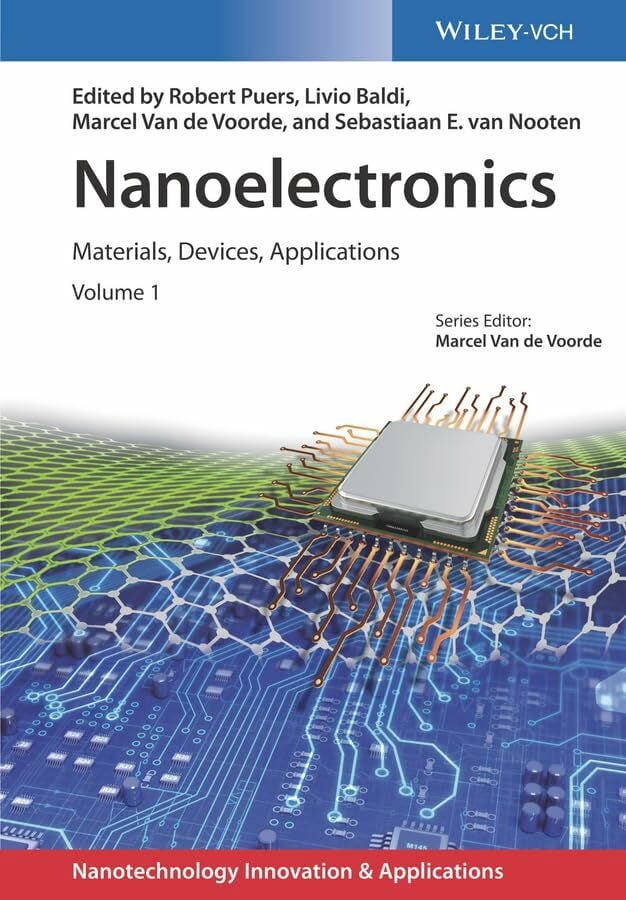
- Gebunden
- 742 Seiten
- Erschienen 2017
- Wiley-VCH
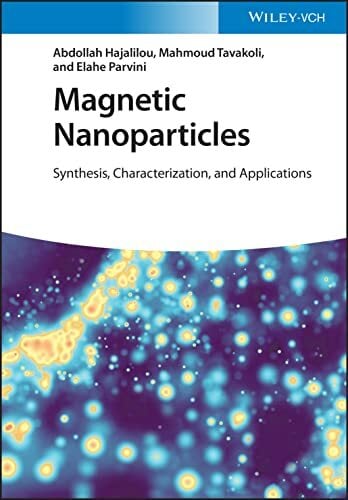
- Gebunden
- 330 Seiten
- Erschienen 2022
- Wiley-VCH

- Gebunden
- 663 Seiten
- Erschienen 2007
- Wiley-VCH
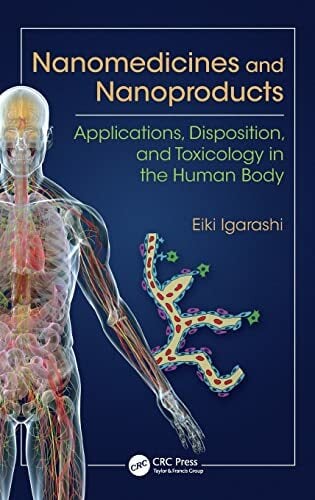
- hardcover
- 259 Seiten
- Erschienen 2015
- Taylor & Francis Inc
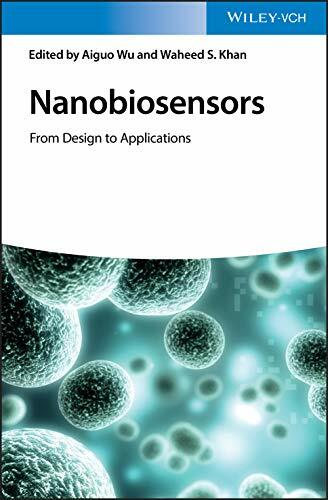
- Gebunden
- 398 Seiten
- Erschienen 2020
- Wiley-VCH

- paperback
- 472 Seiten
- Erschienen 2013
- Rebis
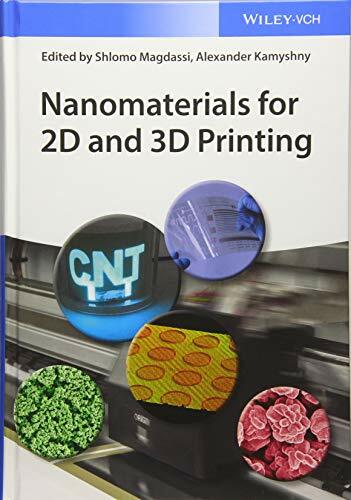
- Gebunden
- 376 Seiten
- Erschienen 2017
- Wiley-VCH
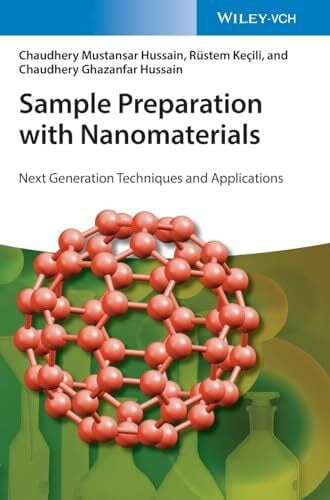
- Gebunden
- 294 Seiten
- Erschienen 2021
- Wiley-VCH

- hardcover
- 456 Seiten
- Erschienen 2016
- Wiley-VCH
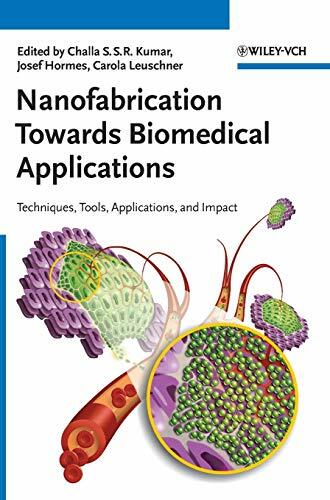
- Gebunden
- 420 Seiten
- Erschienen 2005
- Wiley-VCH
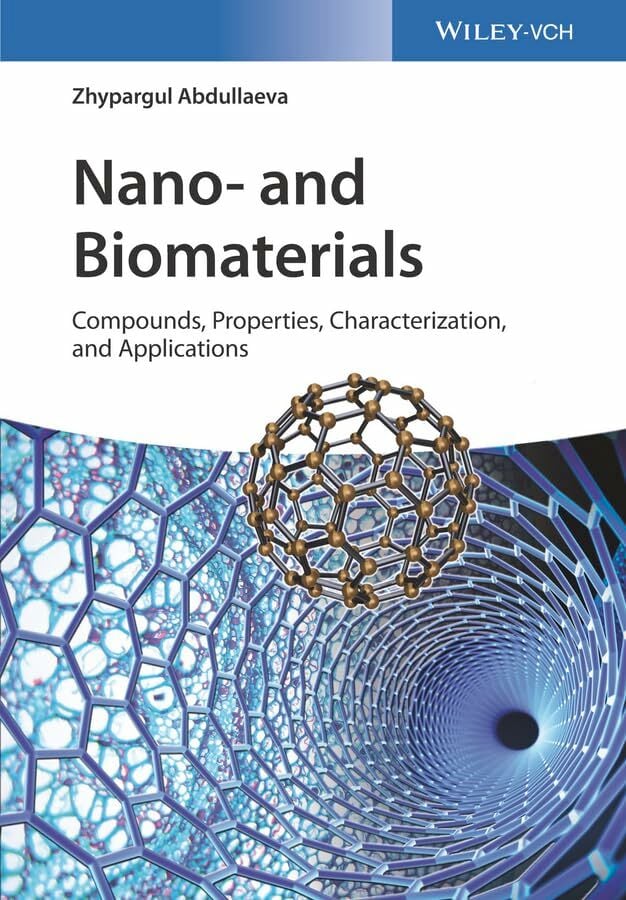
- Gebunden
- 288 Seiten
- Erschienen 2017
- Wiley-VCH
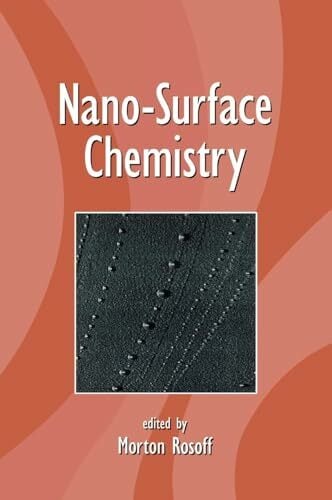
- hardcover
- 696 Seiten
- Erschienen 2001
- CRC Press
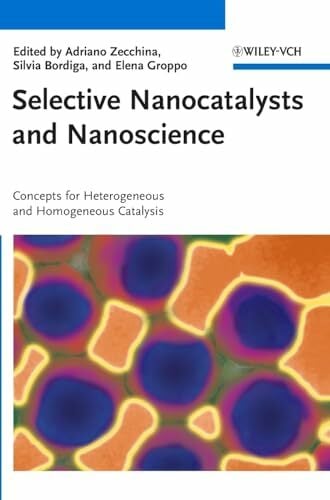
- Gebunden
- 332 Seiten
- Erschienen 2011
- Wiley-VCH
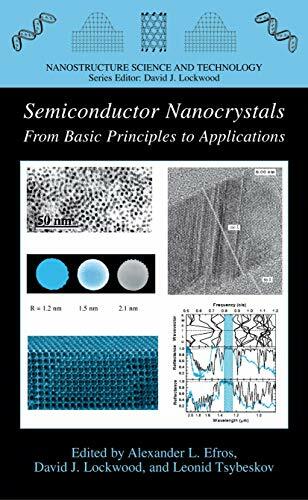
- hardcover
- 277 Seiten
- Erschienen 2003
- Springer
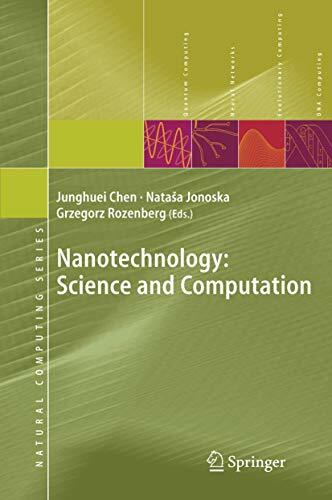
- hardcover
- 404 Seiten
- Erschienen 2005
- Springer

- Gebunden
- 496 Seiten
- Erschienen 2013
- Wiley-VCH

- Gebunden
- 300 Seiten
- Erschienen 2016
- Wiley-VCH




